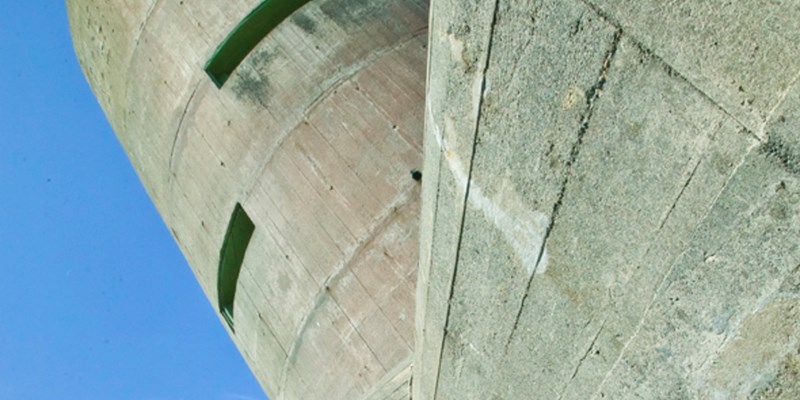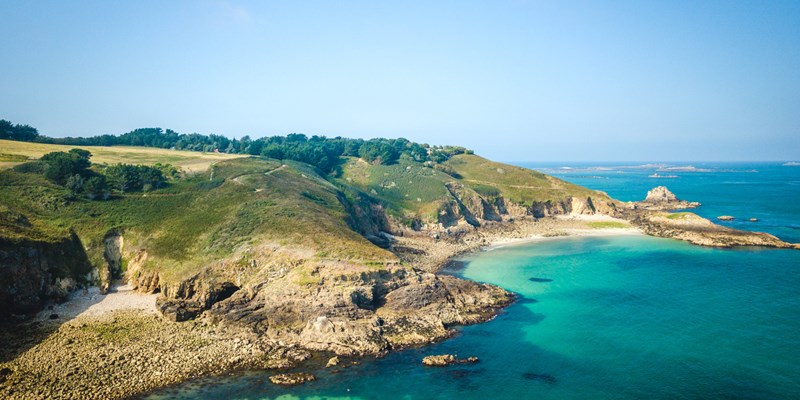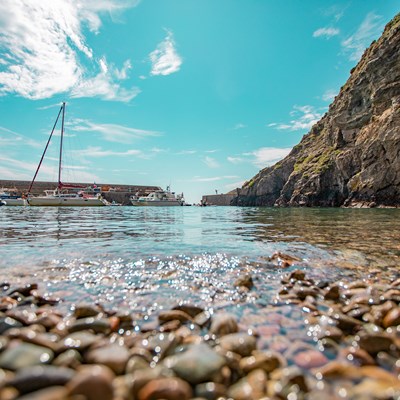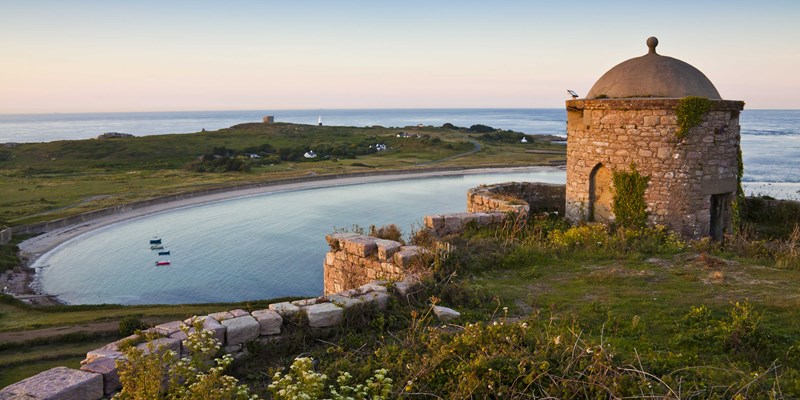Each of the Islands of Guernsey had a completely different experience during the Second World War. Collectively, they served as part of Hitler's Atlantic Wall.
May 9th 2024 marks 79 years since the beginning of the liberation of the Islands of Guernsey after the Second World War. Each of the Islands of Guernsey had a completely different occupation experience, from total evacuation to horrifying occupation. Here is a quick overview of what happened on each Island.
What happened on Guernsey during WWII?
One of the most significant and fascinating periods of Guernsey’s history was when German forces occupied the Island during the Second World War. The Channel Islands were the only part of the British Isles under German control during the conflict, and there remains plenty of evidence of their stay; coastlines are dotted with well-preserved fortifications built by German soldiers, and museums recreate those dark days with gripping exhibits.
The occupation began on the 30th of June, 1940, when the British Government decided to demilitarise the Channel Islands, effectively leaving them undefended. Although Winston Churchill was reluctant to lose control of the Crown’s oldest possession, the Islands offered no strategic benefit to Britain. As a result, a quarter of the Island’s population, including thousands of school children, were evacuated to the UK.
Unaware of Guernsey’s demilitarised status, the Germans bombed St Peter Port harbour on the 28th of June, killing 33 and injuring 67 more - they had mistaken a group of tomato lorries for a convoy of troop carriers. Two days later, German troops began to arrive at the Island’s airport until there were about as many soldiers as there were civilians, and their flag was raised.
What happened on Herm in WWII?
Herm was by-passed by the Germans initially, but was later claimed by the Third Reich on July 20th 1940. The Island was used to practise landing from barges in preparation for the invasion of England, under the guise of shooting a propaganda film entitled ‘The Invasion of the Isle of Wight’. The Island was also used by Officers for shooting rabbits and pheasants. One of the most obvious things that Herm was spared was the enormous amount of concrete towers and walls that were constructed on the larger Islands.
What happened on Sark in WWII?
Sark was under German rule from June 1940 until their Liberation Day on 10th May 1945, a day after the other Islands. Locals were offered the opportunity to evacuate at the beginning, but most chose to stay in their Island homes. The real hero of the Island was the Seigneur of Sark at the time, Sibyl Hathaway, who acted as the main contact between the 470 residents and the German authorities. As a fluent German speaker, she was able to communicate well with them and keep spirits alive during the 5 years. Many didn't realise how well she protected the Island until afterwards, when they heard of what had passed in Guernsey.
One of the most notable occurrences that happened on the Island was the launch of Operation BASALT on 3rd October 1942 by 12 British commandos of the Small Scale Raiding Force (SSRF). They raided Sark with the dual objective of capturing prisoners and offensive reconnaissance. If you take a stroll along the Hog’s Back headland today, you can view the exact spot where they scaled the treacherous cliffs at night.
The raid was led by Major Geoffrey Appleyard, who worked alongside Naval Intelligence Officer Ian Fleming. Fleming was so inspired by the SSRF, including the night raid on Sark and other missions, that he went on to write his series of spy novels. The main character, James Bond, is said to be based on Appleyard and three of his SSRF colleagues; one of whom, Major Anders Lassen VC, also took part in the Sark raid.
What happened on Alderney during WWII?
Alderney was actually fully evacuated during the Second World War, the only Channel Island to suffer this. At first, the Island was used as a larder for the German troops. They grew and stored food for the rest of the Channel Islands. However, in 1942, things took a turn for the worse when Hitler ordered the Island to be transformed into an impregnable fortress.
This is where the Island's history took a sad turn, when thousands of forced workers were shipped in from a variety of occupied countries to build the fortifications. They were housed across four camps: Lagers Helgoland, Norderney, Borkum and Sylt. Many sadly did not survive the conditions. The wartime defences that they built are still discoverable all over the Island.
The occupation ended on 16th May 1945 but it took until 15th December for Islanders to be able to return to Alderney. The day is now celebrated as Homecoming Day and is a bank holiday on the Island.
The Islands will not forget what happened during those wartime years. It is ingrained in our culture and in each Island. There are many things to see when you visit the Islands of Guernsey. Understanding our history will enhance your visit even more.











